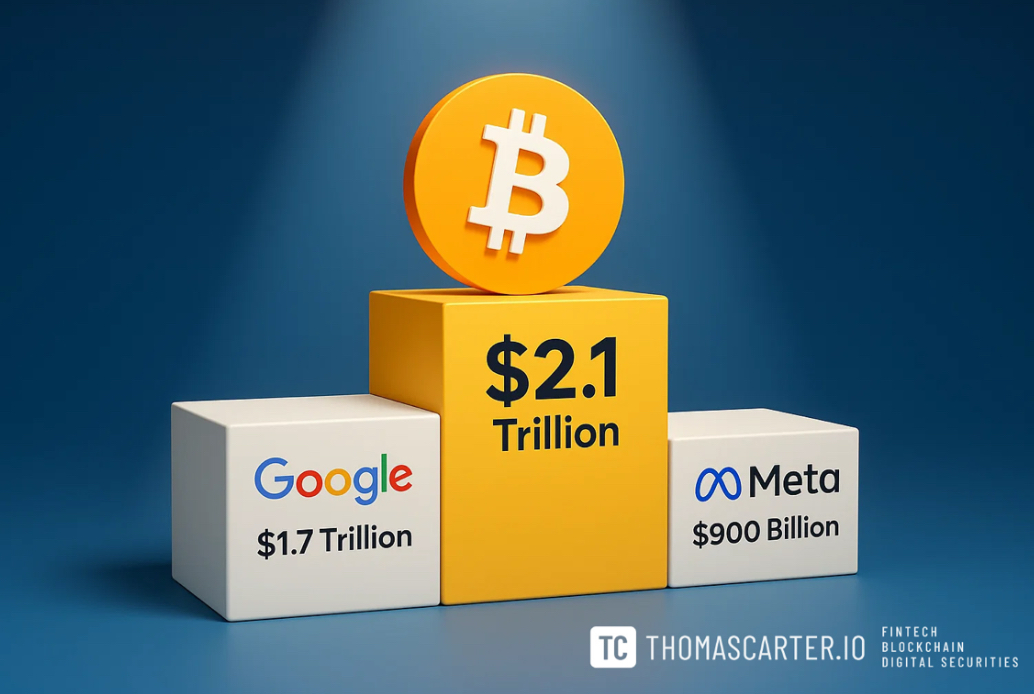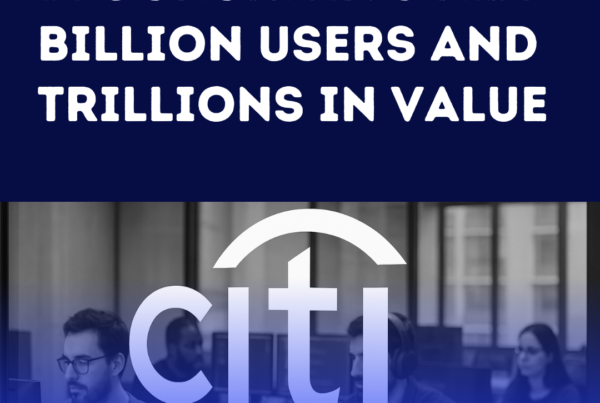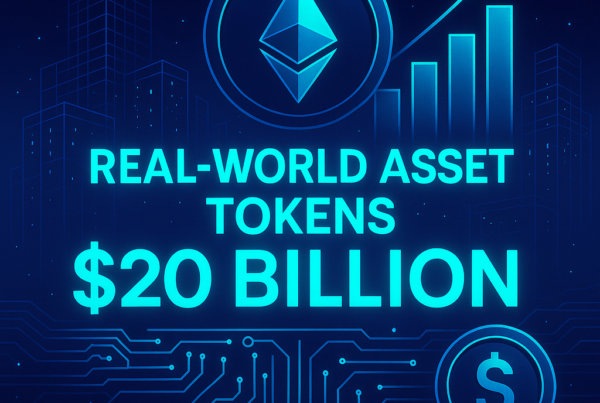
This week, Bitcoin broke a significant milestone, crossing a market capitalization of $2.1 trillion. With each Bitcoin priced at roughly $105,000 and nearly 19.9 million coins circulating, the cryptocurrency now ranks firmly among the world’s ten largest assets—surpassing even the GDP of several advanced economies.
Bitcoin is Now Larger Than Google and Meta
To grasp the scale: Bitcoin’s current valuation places it well ahead of tech giants Alphabet (Google) and Meta Platforms. Alphabet’s market cap hovers around $1.88 trillion, while Meta stands at $1.46 trillion. Bitcoin is now approximately 12% larger than Google and nearly 44% ahead of Meta—numbers that underline just how far crypto has come.
What This Really Means for Everyday Users
Beyond flashy headlines, Bitcoin’s growth has tangible impacts on day-to-day transactions, investor behavior, and regulatory attitudes:
- Deeper Liquidity: Driven by massive inflows into Spot ETFs ($5.6 billion since April alone), the market now sees significantly reduced spreads and greater ease for large-scale transactions.
- Cheaper and Faster Transactions: Despite record-high usage, Bitcoin’s fees remain impressively low—average on-chain transactions cost under $1, while Lightning Network transfers happen instantly and cost mere fractions of a cent.
- More Robust Security: Following the latest halving event, Bitcoin miners have upgraded to advanced Gen-4 ASIC hardware, pushing hash rates to unprecedented levels and strengthening the network’s resilience against attacks.
- Increased Regulatory Acceptance: From U.S. and Australian pension funds to central banks in Switzerland, traditional financial institutions increasingly view Bitcoin as a legitimate asset class rather than just speculative currency.
- Growing Macro Significance: Amid turmoil in global bond markets and volatile equities, analysts are positioning Bitcoin as a potential digital reserve asset—though investors still face notable volatility risks.
Yet, alongside these improvements come increased regulatory scrutiny and greater sensitivity to global economic shifts. Users and investors must stay alert and informed.
Looking Ahead to 2025 and Beyond
Bitcoin’s trajectory over the next year and into 2026 depends heavily on several factors:
- Price Projections: Analysts remain optimistic. Standard Chartered sees Bitcoin reaching $120,000 in the near term, possibly climbing towards $200,000 later this year. Firms like 21Shares suggest a more conservative baseline around $138,500, with potential bullish scenarios pushing prices between $150,000 and $220,000 by 2026. Even bearish outlooks anticipate a stable floor near $80,000.
- Technological Improvements: Bitcoin’s Lightning Network is expected to double its transaction capacity soon. Upcoming upgrades like BIP-324, enabling encrypted peer-to-peer communications, promise better privacy. By 2026, sophisticated sidechain technologies and roll-up solutions (such as Ark) may expand Bitcoin’s utility far beyond simple payments.
- Institutional Momentum: Sovereign wealth funds and central banks—particularly in Switzerland and Gulf states—could significantly boost institutional Bitcoin holdings, potentially capturing up to 5% of circulating supply. Clearer regulatory guidelines, like the Basel frameworks set for mid-2026, will likely accelerate this institutional adoption.
- Global Regulatory Shifts: Positive regulatory developments are anticipated worldwide. The U.S. election cycle and the full rollout of Europe’s MiCA framework set a pro-crypto tone. Similar frameworks are expected in Asia and Latin America by 2026, further cementing Bitcoin’s credibility globally.
Bottom Line: Navigating the New Normal
Crossing the $2 trillion mark signals Bitcoin’s shift from niche financial curiosity to global financial cornerstone. It demands acknowledgment from traditional finance, influencing everything from global portfolios to government policy. For everyday users, this new era means better infrastructure, enhanced security, and more efficient transactions—but it also requires deeper understanding and responsibility.
Ultimately, genuine innovation within Bitcoin—and crypto at large—relies on transparency, responsible adoption, and clear-eyed realism about both opportunities and risks. As Bitcoin firmly embeds itself into global finance, users and investors alike must remain informed, prepared, and vigilant.



